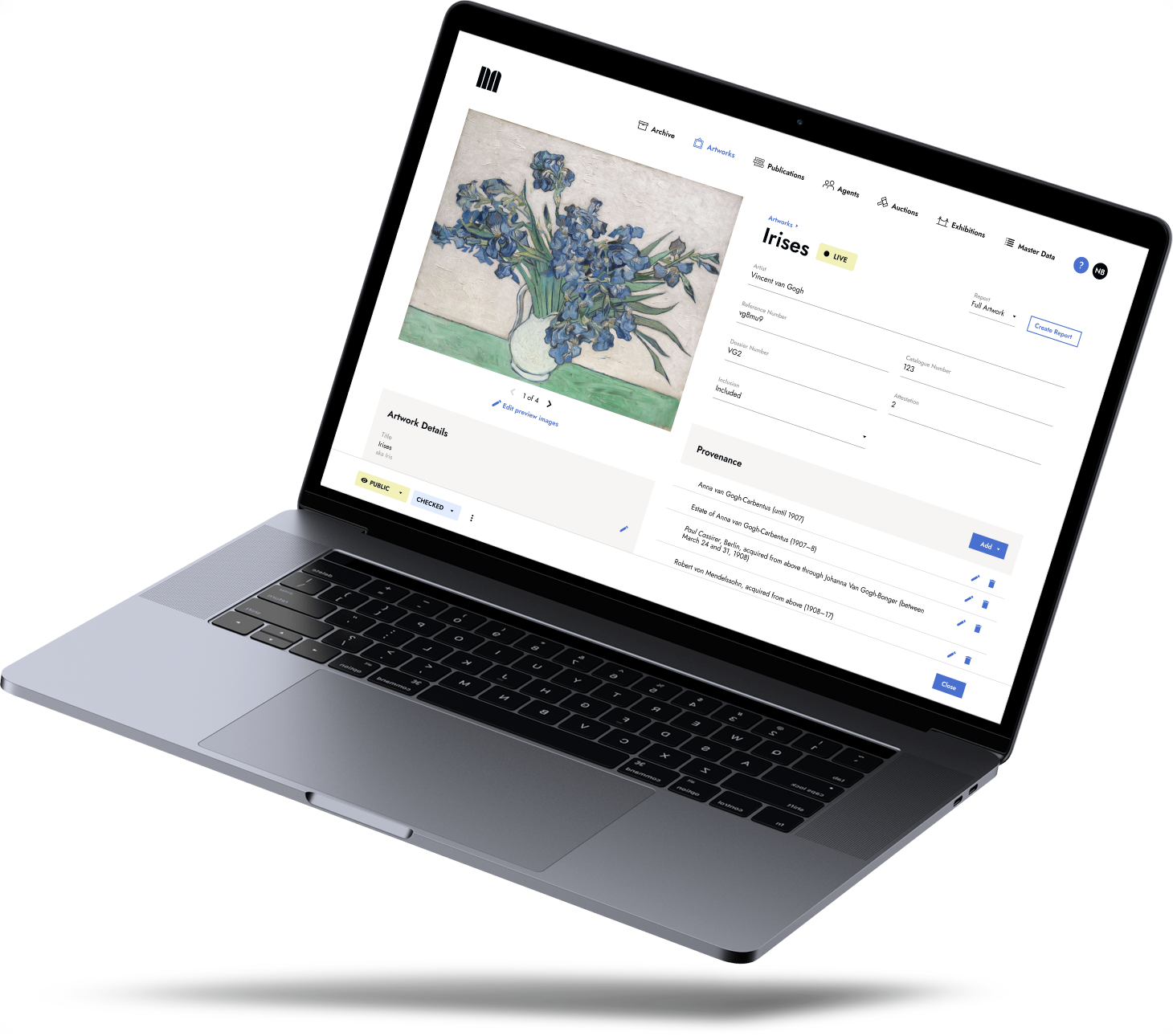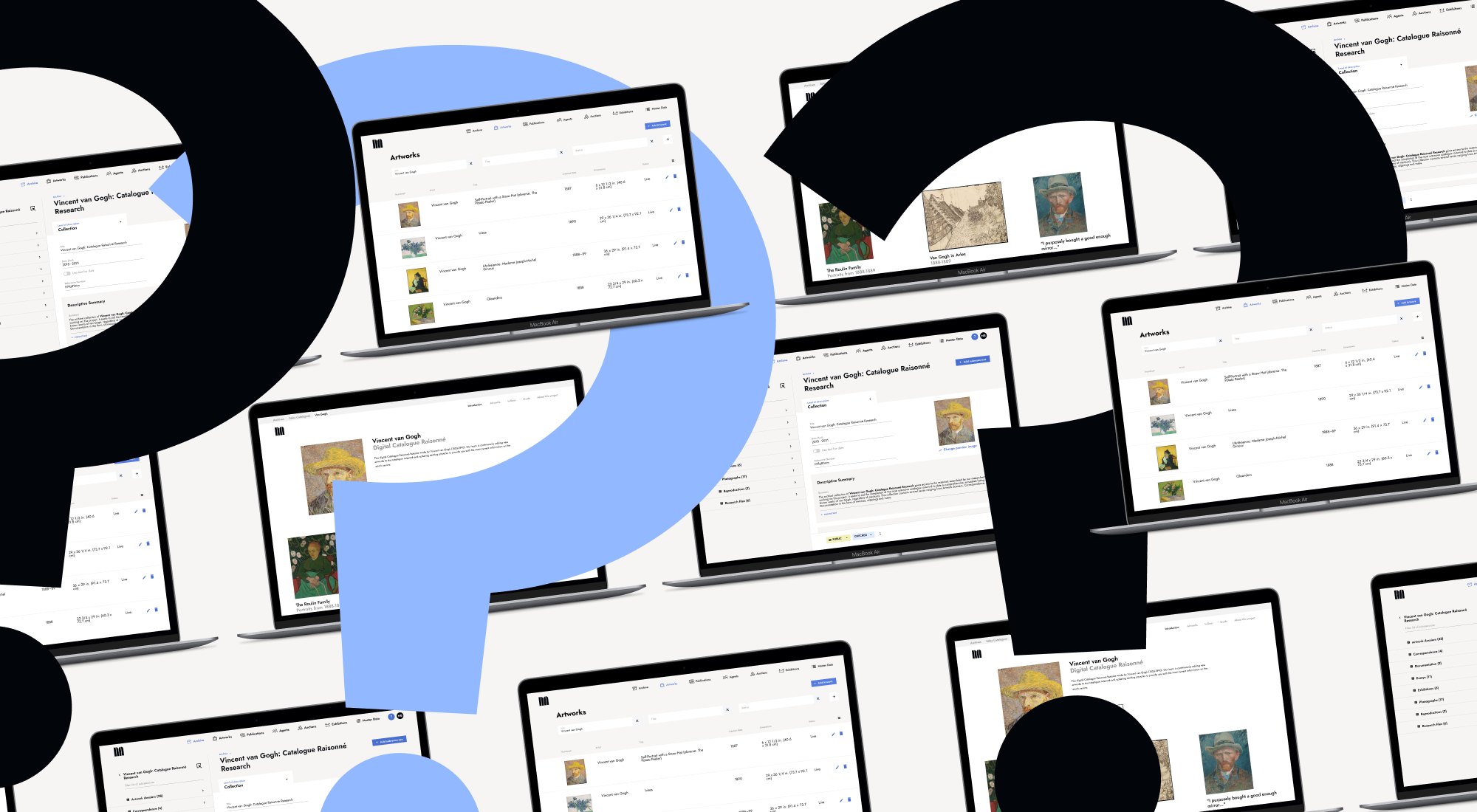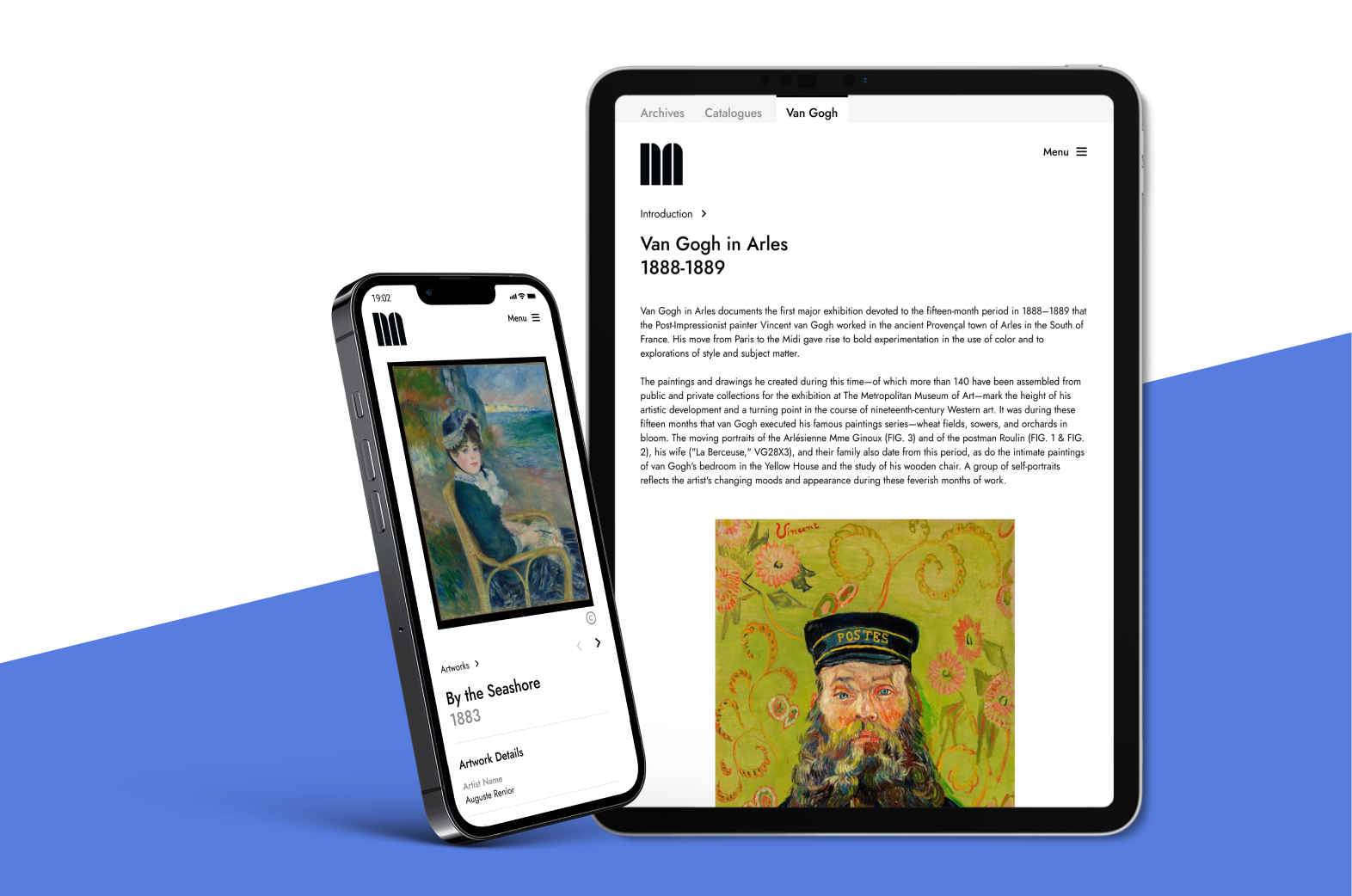Finanzielle und zukünftige Vorteile, wenn du jetzt ein digitales Kunst-Portfolio und Archiv anlegst
Portfolios und Archive helfen dabei, Kunstwerke zu dokumentieren, zu vermarkten und zu verkaufen. Es ist jedoch mühsam, physische Archive anzulegen und Materialien für Portfolios zu sammeln. Digitale Tools erleichtern diese Aufgabe und bieten zahlreiche Vorteile zur Sicherung des künstlerischen Erbes, darunter die Einsparung wertvoller Ressourcen.
Digitale Kunst-Portfolios und Archive helfen, die harte Arbeit von Künstler*innen zu optimieren und erhöhen ihre Erfolgschancen.
Mit den digitalen Archivierungs- und Sammlungsfunktionen von Navigating.art können Einzelpersonen Materialien jeglicher Art erfassen und aufbewahren, um ein umfassendes Bild des Lebenswerks einzelner Künstler*innen zu präsentieren. Verwandle diese in professionelle digitale Portfolios, die privat geteilt oder online abgerufen werden können.
Dieser Leitfaden zeigt, welche Vorteile es hat, jetzt ein digitales Kunst-Portfolio und Archiv zu erstellen, anstatt auf das Karriereende zu warten.
-
Verbesserung der Marktposition
-
Kostengünstig eine laufende Karriere teilen
-
Inhalte weiterentwickeln und Narrative kontrollieren
-
Schutz von Erbe und geistigem Eigentum


